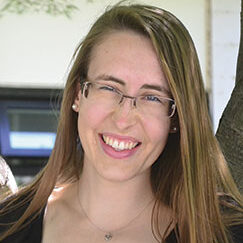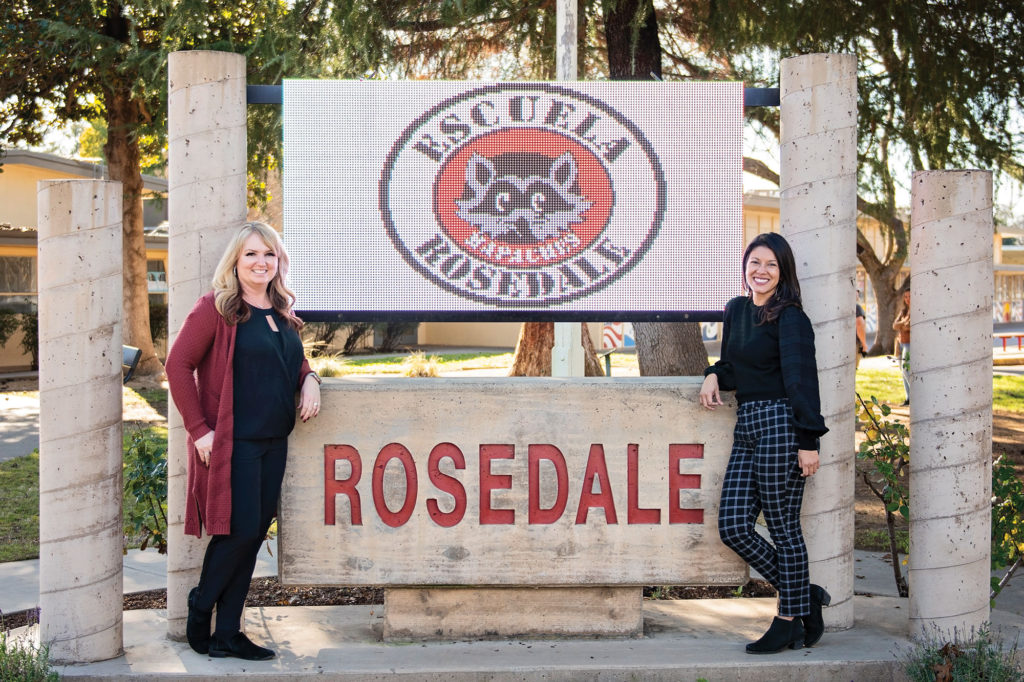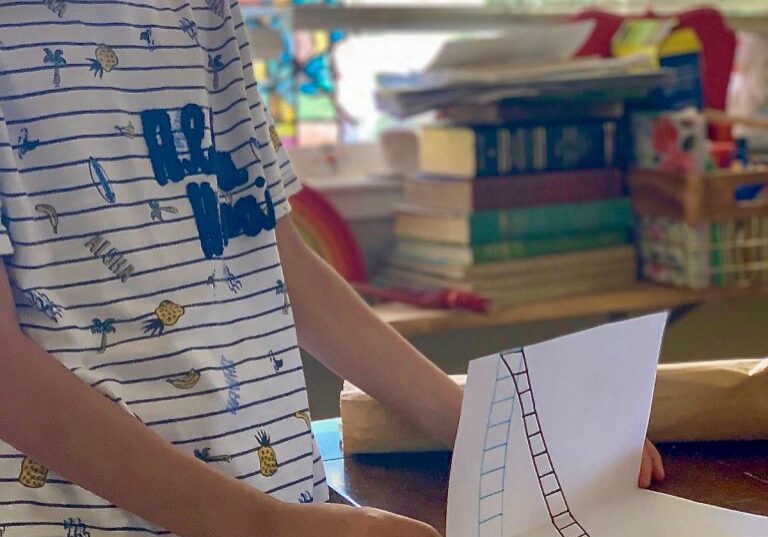Because English is the common language throughout most of the US, becoming fluent in another language may seem superfluous. However, according to Data USA, approximately 45% of Californians speak a language other than English at home, including 10,683,661 Spanish speakers (almost 29% of the state’s population) and 1,273,978 Mandarin speakers (almost 4% of the state’s population). Early Edge California states that nearly 60% of California’s children younger than five are in dual-language homes.
Clearly, knowing multiple languages is becoming more common and more useful; even though the National K-12 Language Enrollment Survey, released in 2017, found that only about 14% of California students were enrolled in language-learning courses.
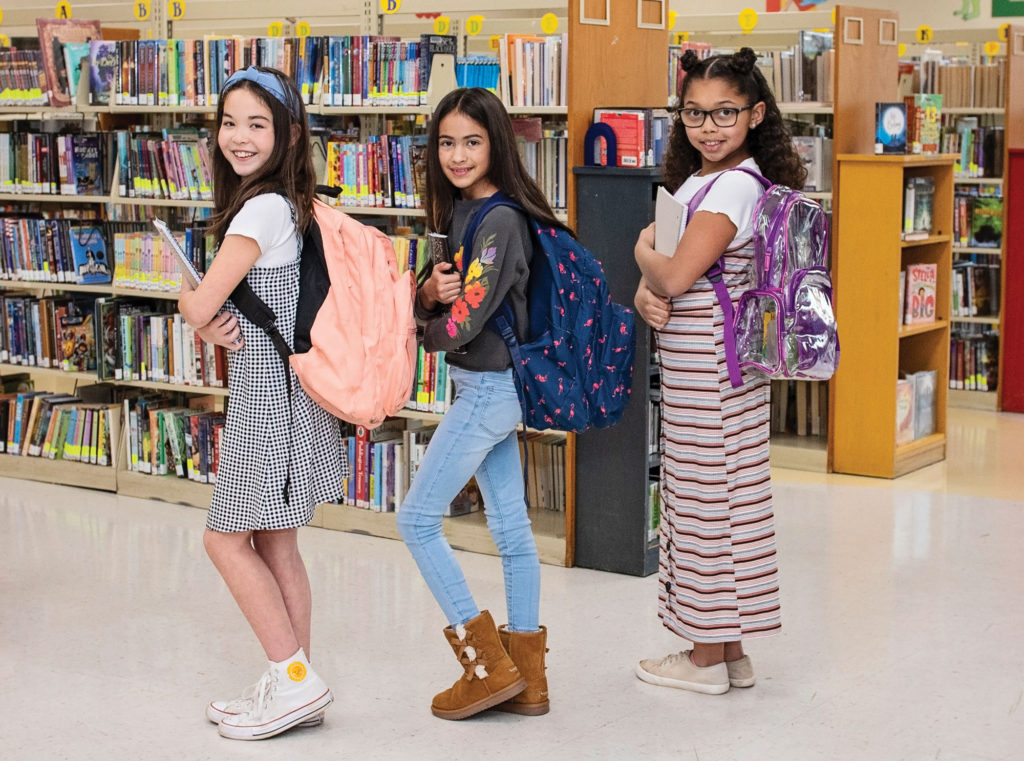
Dual language learning helps build “empathy, community, kindness and a greater world perspective. Photo by Amber Thompson.
Bilingual programs in Siskiyou, Shasta and Butte Counties
As bilingualism grows in California, North State educators from bilingual programs in Siskiyou, Shasta, and Butte Counties explain how learning a new language carries benefits beyond the immediately evident practicalities.
Golden Eagle Charter School – Mount Shasta
“Learning another language makes us more human, in a way,” says Phoebe Sanders, Mandarin teacher at Golden Eagle Charter school in Mount Shasta, CA.
“It’s not just a matter of learning new sounds or sentences,” she explains. “It’s about being more socially and culturally aware, learning tolerance and appreciating something different in their lives, being more empathetic and understanding.”
Phoebe has personally experienced her students’ growing empathy. When a couple of new students entered the class partway through the year, Phoebe struggled to pronounce one of the new names. While the new students laughed at her mispronunciation, Phoebe’s other students quickly came to her aid. “Miss Phoebe is Chinese,” they explained to the new students, and patiently helped Phoebe practice the correct pronunciation.
Golden Eagle’s Mandarin program reaches K-4 students in Siskiyou County, and hopes to expand.
Program Manager Anna Phelps, who always keeps her eyes open for new opportunities to enrich Golden Eagle’s course offerings, invited Phoebe in 2021 to bring Mandarin to the school twice a week. Anna says Phoebe’s students enthusiastically engage in the games, crafts and traditions that accompany their language learning.
“Our program is brand new,” Anna says, “and it’s been a privilege to see Phoebe connect with these kiddos. I can’t wait to see what they do; they are really building community, empathy, kindness, and a greater world perspective.”
Bilingual students build future opportunities
Bilingual students are also building future opportunities for themselves. “Without learning English, I would not have moved to this country or experienced a completely new world,” Phoebe says. “I would like my students to have the same opportunity.”
Although Mandarin is notoriously difficult to learn, young students readily wrap their tongues around the unfamiliar sounds and their fingers around the Chinese characters. “I learned English in my late teens, so I will have my accent with me forever, but these younger kids learning Mandarin don’t have any accent,” Phoebe marvels. “When kids learn young, it is very beneficial.” Outside of class, Phoebe urges her students and her 7-year-old daughter to learn just one written character a day. “Then you’ll know at least 300 in a year!”
Redding School of Arts – Redding, CA
As Golden Eagle’s Mandarin program begins to take flight, Redding School of the Arts (RSA) offers a fully fledged Mandarin immersion program. Established in 1999, RSA’s Mandarin program supports nearly 400 students learning Mandarin from six Chinese teachers. Using the 50-50 immersion model, students in grades K-5 spend half of their day receiving math, language arts and science instruction in Mandarin.
“Because they start in kindergarten, it just becomes part of their learning,” says Margaret Johnson, RSA’s co-founder and retiring executive director.
“They don’t realize it’s a challenge.”
Immersion students tend to score higher
Because the school offers a Mandarin track and an English-only track, RSA has a unique opportunity to compare the effects of immersion language learning. “Our immersion students tend to score higher than our English-only track students,” Carol Wahl, RSA’s K-8 principal, says. Margaret notes that students in the immersion program often struggle or seem less proficient in their first years of school, but usually end up surpassing their English-only peers by third or fourth grade. “Learning a second language gives you a lot more brain power — the ability to think and learn and reason in ways you wouldn’t normally if you weren’t bilingual,” Carol explains.
By the time they get to junior high, where they have a single period dedicated to Mandarin, students have gained a fair degree of fluency. The school’s upcoming high school Mandarin program — slated to start with a pilot class of 60 students this year — will build on this foundation and support students’ long-term maintenance of the language, maximizing the benefit of becoming bilingual.
RSA’s Mandarin program emerged from a community survey in 2005 that selected Mandarin as a desirable language in the Redding area. In addition to native English speakers, RSA’s student population includes native Mandarin speakers. Being able to learn content in their first language, in an environment that preserves and celebrates their culture and heritage through celebrations and community events, allows these students to enter the academic world on equal footing with their English-speaking counterparts.
Rosedale Elementary School – Chico, CA
Learning a language alongside native speakers also helps motivate students, according to the teachers at Rosedale Elementary School in Chico, CA. A dual-immersion school, Rosedale strives to equip students with equal fluency in English and Spanish by enrolling native speakers of both languages. Jo Ann Bettencourt, Rosedale’s principal, says the school started as a single-language immersion program in the early 1990s, then became a dual immersion program a few years later. “It’s one of the oldest dual immersion programs in the state, and definitely the oldest in the North State,” Jo Ann says.
Assistant Principal Joana Castaneda explains the school’s population includes about 75% English-only speakers and 25% English learners. “In a perfect world, it would be 50-50,” Joana explains. “Students are more motivated by their peers. If a lot of kids speak another language, it becomes cool and the norm. The idea is to create an environment at the school where it is important to learn both languages authentically.”
Rosedale’s kindergarten and first grade students spend 90% of their school day learning in Spanish. As they progress through the grades, students spend progressively more time learning in English. By the time they are in fifth grade, students spend equal time in each language, preparing them for the partial Spanish immersion program at Chico Junior High School.
Dual language immersion empowers more parents
A dual immersion program also empowers more parents and families to participate in their children’s education. Joana says Spanish-only parents of Rosedale students appreciate connecting to the school in ways they couldn’t otherwise; from volunteering in the classroom, to simply being able to fully participate in parent-teacher meetings. And, since parent engagement benefits student performance, it’s a win-win for everyone.
Elizabeth Stevens co-coordinates and teaches in the bilingual credential program at California State University, Chico. Her son and daughter attended Rosedale during elementary school. “I’m really proud of their experience,” Elizabeth says. “The relationships they’ve built with other kids, the things they think about and talk about, their level of awareness of other people and the things others might go through — it’s deep. And that’s what it’s all about: the connection to people, the understanding and the compassion.”
As the bilingual daughter of El Salvadoran immigrants, Joana especially appreciates Rosedale’s ability to grow students’ compassion for people of diverse backgrounds. “I was even embarrassed to translate for my mom sometimes, just because I knew the stigma against Spanish. I felt like it made me look like I knew less or was less educated,” Joana says.
Transforming the way people see the world and themselves
During her elementary school experience, she had only one teacher who looked like her. “For our Rosedale students to have bilingual people of color as their teachers and role models is so powerful because they begin viewing people of color as valuable,” Joana says. “It transforms the way little people view the world and themselves, and that’s so powerful.”
Additional Resources:
• See how many students in your county are enrolled in a foreign language (California Department of Education).
• Visit the California Association for Bilingual Education website for more information about types of programs and benefits of bilingualism.
• Visit Early Edge California for information about supporting pre-school dual language learning.
• More bilingual education programs in the North State: Tree of Life International Charter School, Anderson
Posted in: Education
Comment Policy: All viewpoints are welcome, but comments should remain relevant. Personal attacks, profanity, and aggressive behavior are not allowed. No spam, advertising, or promoting of products/services. Please, only use your real name and limit the amount of links submitted in your comment.
You Might Also Like...
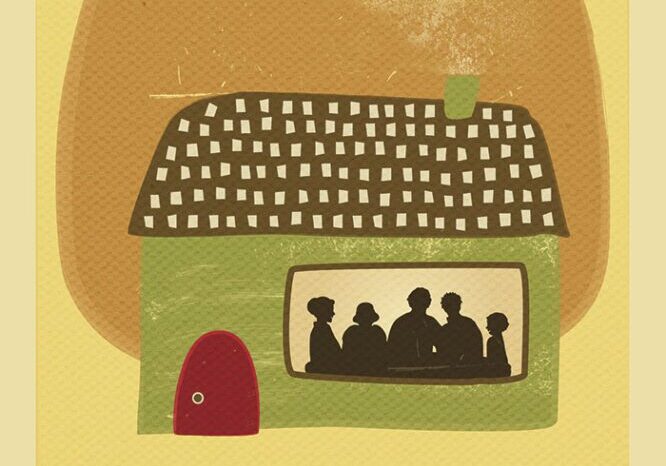
Life Talks: A Guide to Bringing Back Conversation
I don’t know about you, but once the candles are blown out, the leftovers are safely in the fridge, and I have changed into sweat pants (the expandable type), I tend […]

Follow the Leader: 9 Ways to Instill Leadership Qualities in Children
Children who have well developed leadership skills are more confident, responsible and push themselves to their full potential. Leadership helps them develop better and more creative coping skills when it […]

Help Your Child Build a Strong Foundation for Learning
Do you have a school age child who is struggling to learn to read or an older child with learning difficulties? Do you or your child find it difficult to […]


